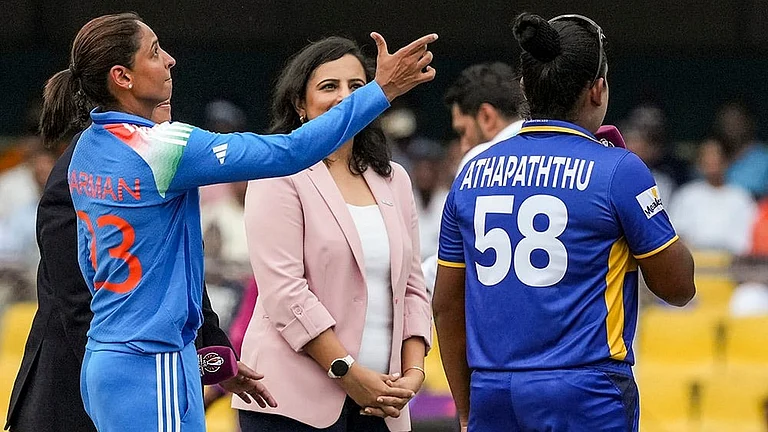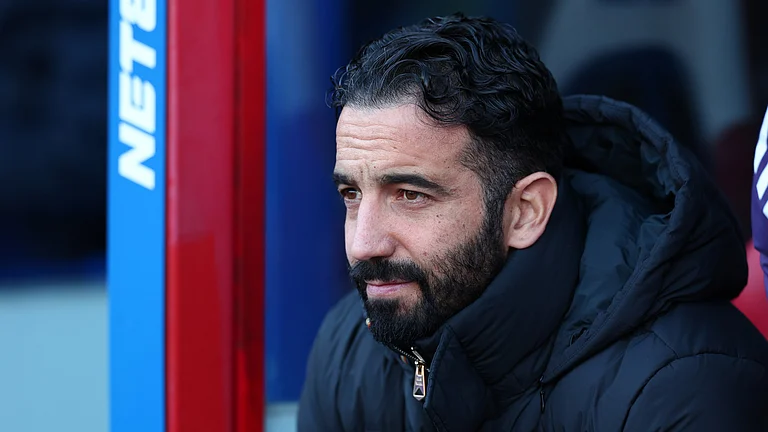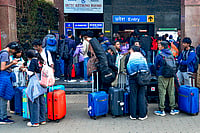He's no vaidya, nor is he a health worker. Chandrashekhar's merely a matriculate who's come up with his own anodyne to alleviate the agony of a people afflicted by a puzzling disease that has claimed at least 1,000 lives in the last two decades, and reduced many young men and women to mere zombies awaiting death. Most of the victims are scheduled caste labourers living on the fringes of the Western Ghats. It's known as the 'Handigodu syndrome' because Chandrashekhar noticed it first in this village in 1974; now it's a malady found in some 42 villages of Shimoga and Chikmagalur districts.
The sexagenarian is a walking encyclopaedia on this syndrome with distinct attributes: dwarfism from birth or deformation of the limbs after age seven, excruciating pain in the joints, and death as early as between 25 and 30 years or even younger. His curiosity about the illness has prompted him to visit 1,200 villages four times each in the last two decades to classify data on fatalities, dwarfism, the eating habits of those afflicted, and the family tree.
The scourge has baffled medical experts on both the cause and the cure. Says Dr V.K. Chandni, medical officer at the Sagar government hospital: Many theories have been put forth on what causes this syndrome. One is that these people eat dead crabs (which, perhaps, have high levels of pesticides); another is of consanguinous marriages but none has been proved and there's no special treatment. And so when neither his own efforts nor those of teams sent by the Indian Council of Medical Research (icmr), New Delhi, the National Institute of Nutrition, Hyderabad, and National Institute of Mental Health and Neurosciences, Bangalore, helped explain the ailment, Chandrashekhar evolved his own palliative. First, a subsistence allowance of Rs 75 a month from the government's fund for the physically handicapped. Next, he convinced the district administration to sanction houses for them. Recently, his untiring efforts for a special treatment unit at the Sagar government hospital; an ambulance to carry the ailing to hospital, and a residential school for five-year-olds of Handigodu, have all borne fruit.
Chandrashekhar also heads the Handigodu Cotton Handloom Production and Marketing Society, an organisation with 175 members being trained to weave bedspreads, pillow cases, towels, and shirt lengths. They earn an average of Rs 35 a day. His intentions are multi-pronged: employment and wages for the patients, a sort of physiotherapic treatment because the handlooms have to be operated with hands and feet, and all benefits like insurance, housing loans and subsidised power supply, which are part of government schemes for weavers. My objective is to make them realise they earn money and feel better because of continuous exercise of the limbs.
For years, Chandrashekhar and his kin had survived on the income from a one-acre areca farm managed jointly by him and four brothers. His son's recent employment at the lic office in Sagar has helped this man spend more on correspondence and travel on behalf of the people of this village. His next goal: to support the handloom cooperative society for at least five years.A trust called Parivarthana will also be in place soon with the entire seed money coming from a Rs 10,000 cash award in 1998 from the Karnataka government to him for his services for the disabled. But even the trust will not be the end of his mission. He plans to spend at least a year with victims of this syndrome in the neighbouring district of Chikmagalur.
And if you wish to help, write to: H.M. Chandrashekhar, Handigodu, PO: Malve, Sagar Taluk, Shimoga PIN: 577401. Or call 08183-30124 (PP). After eight.




















